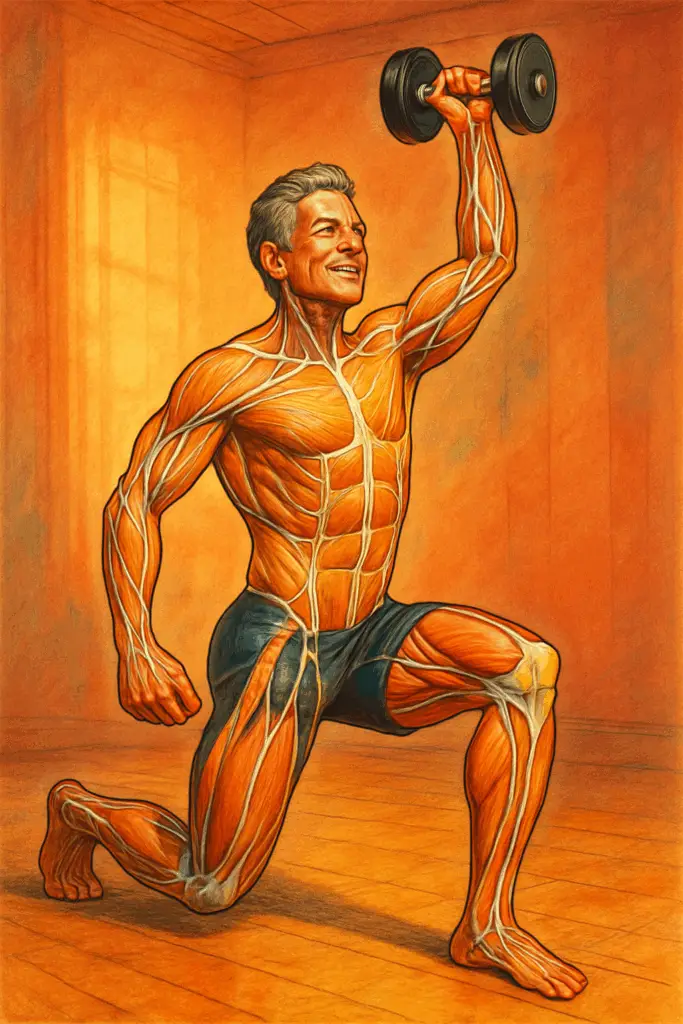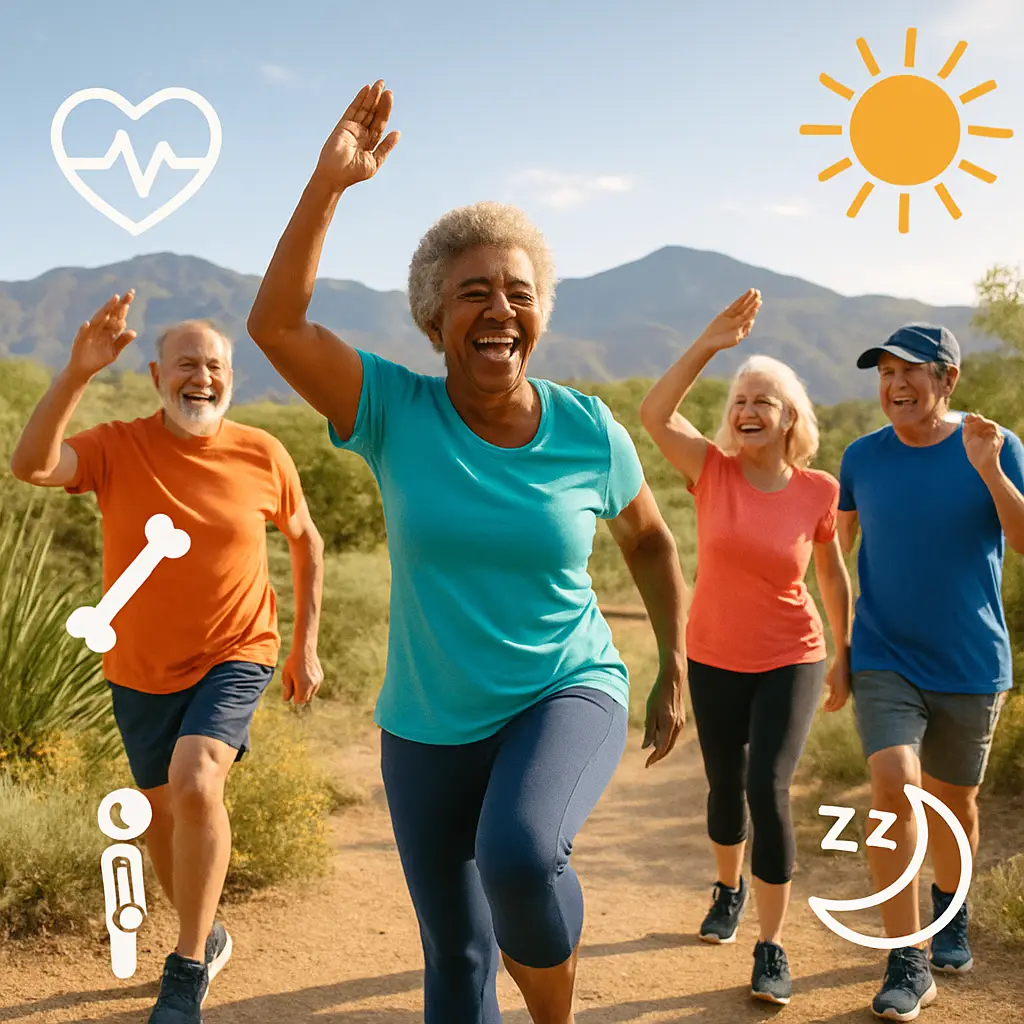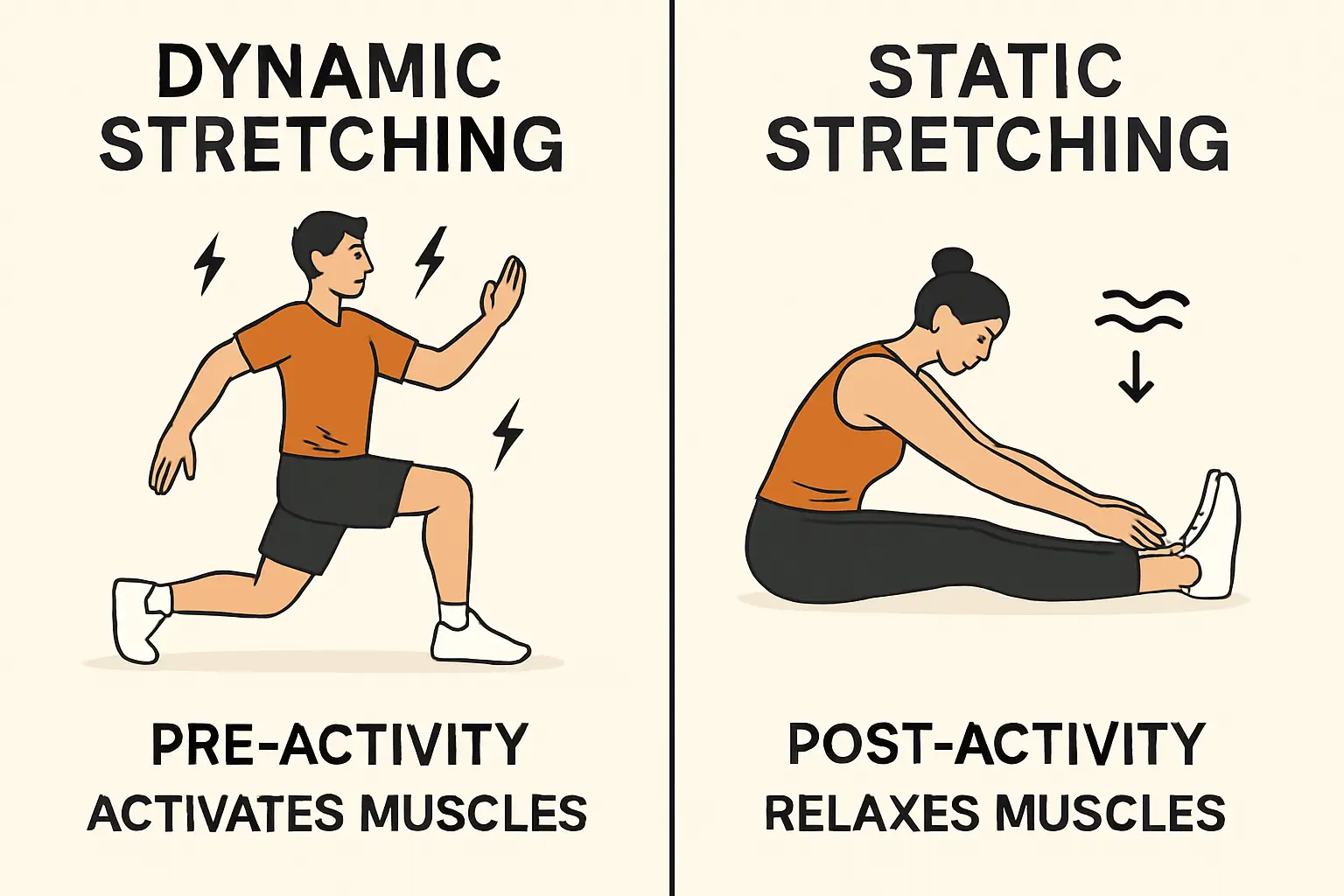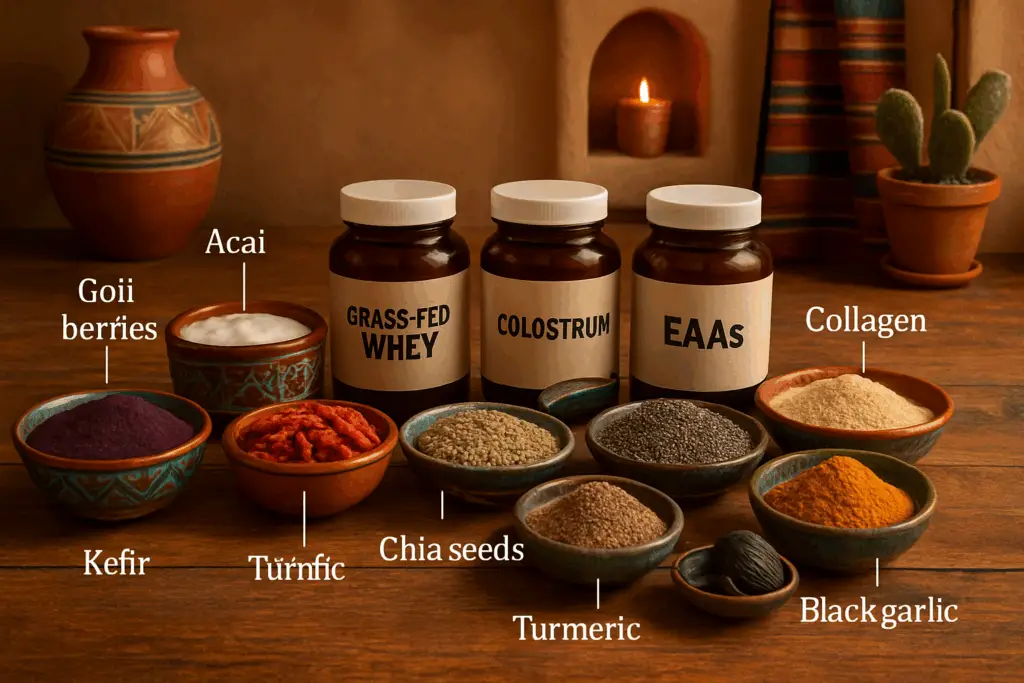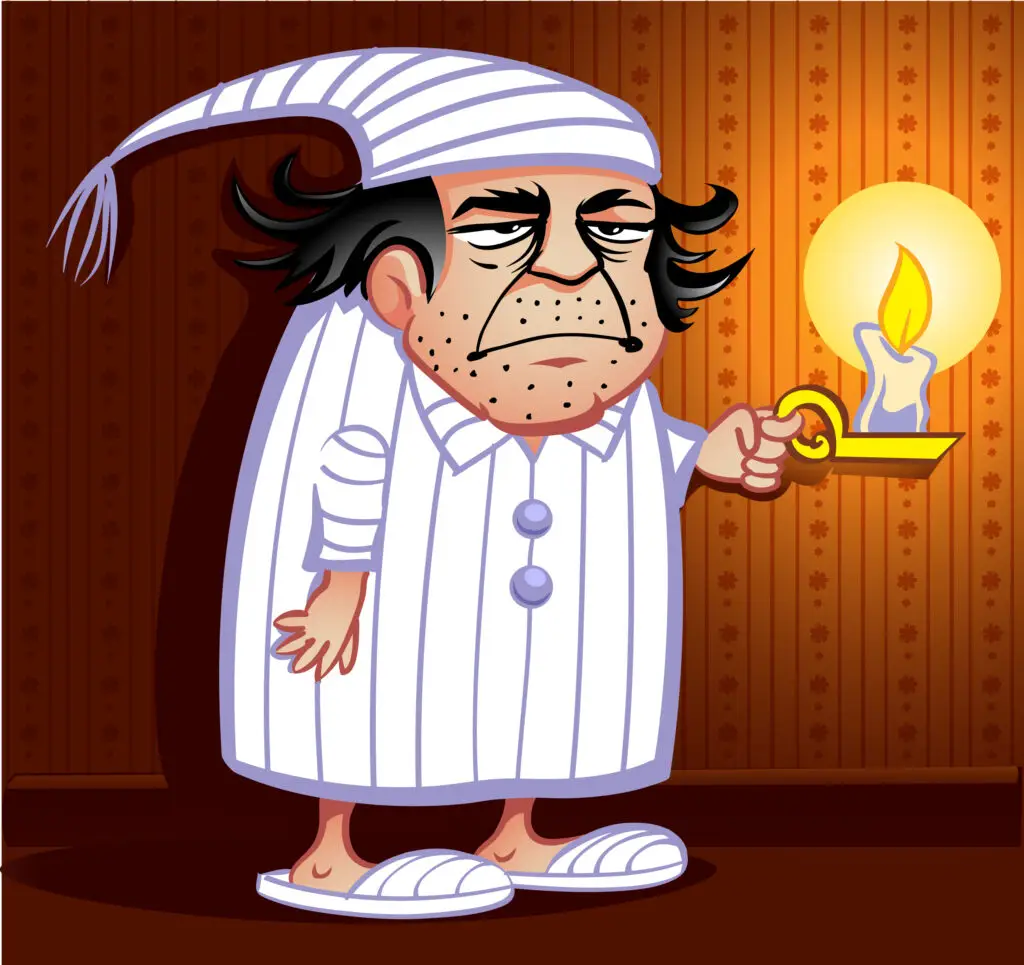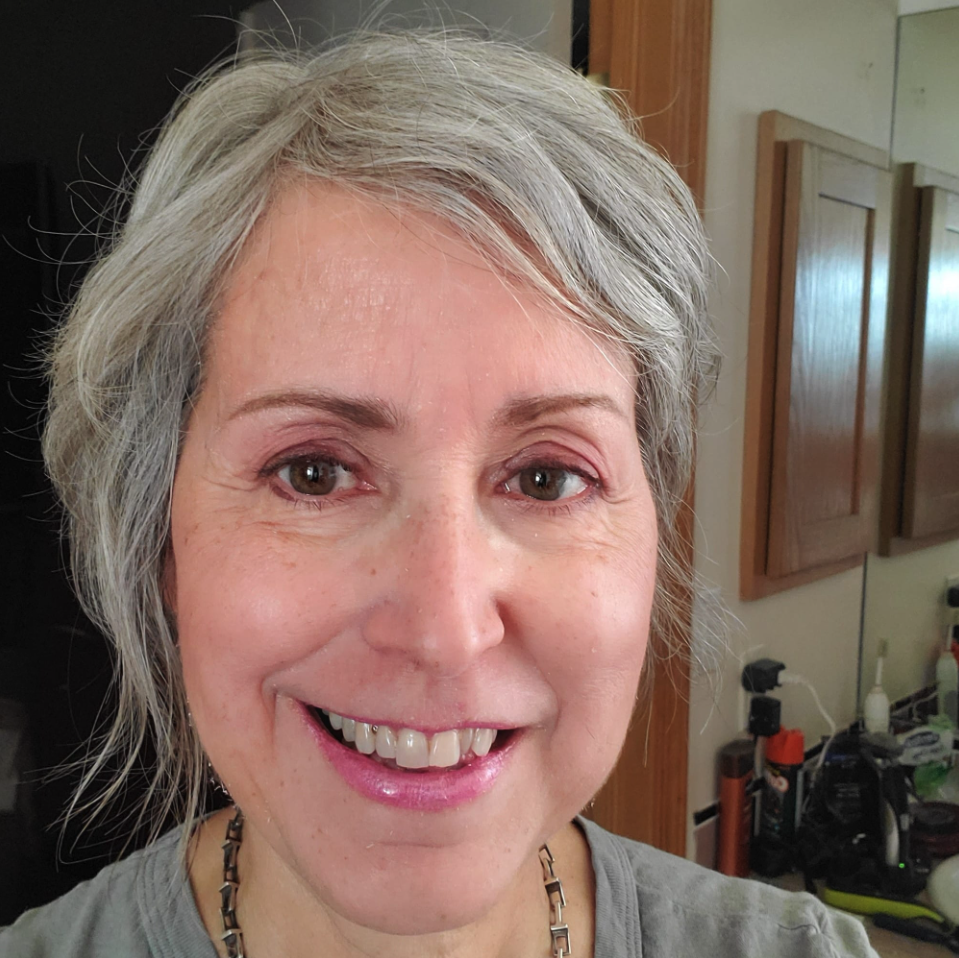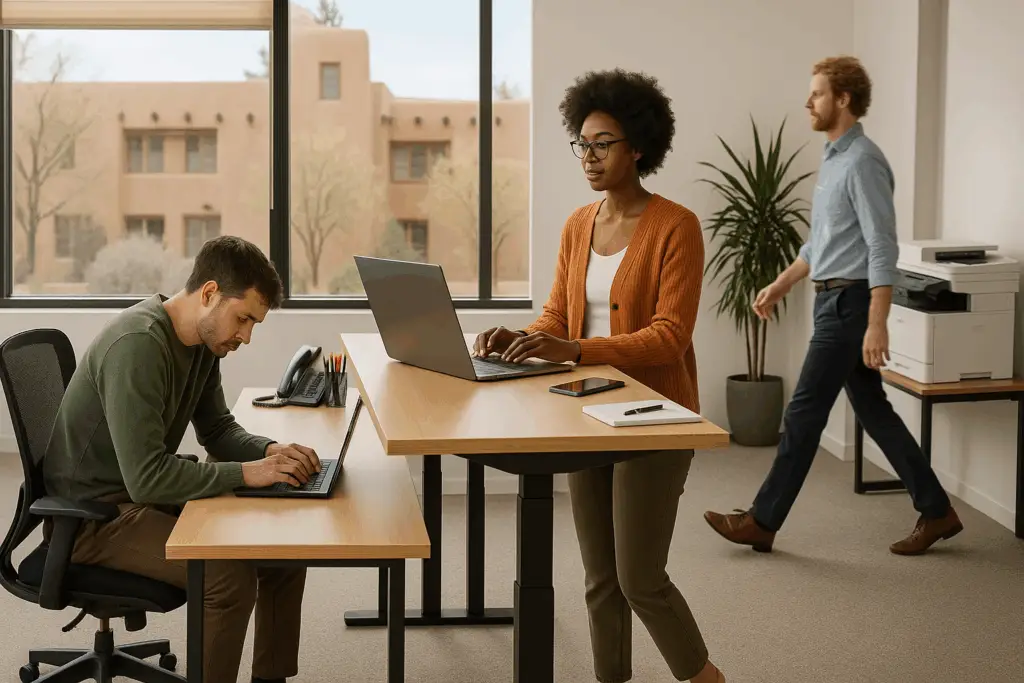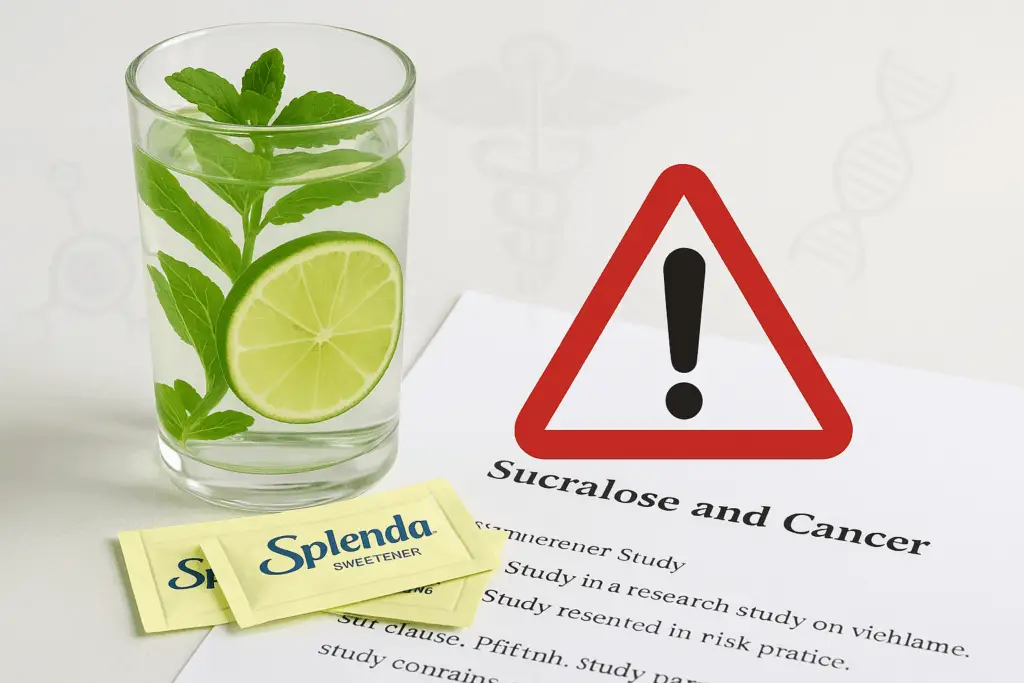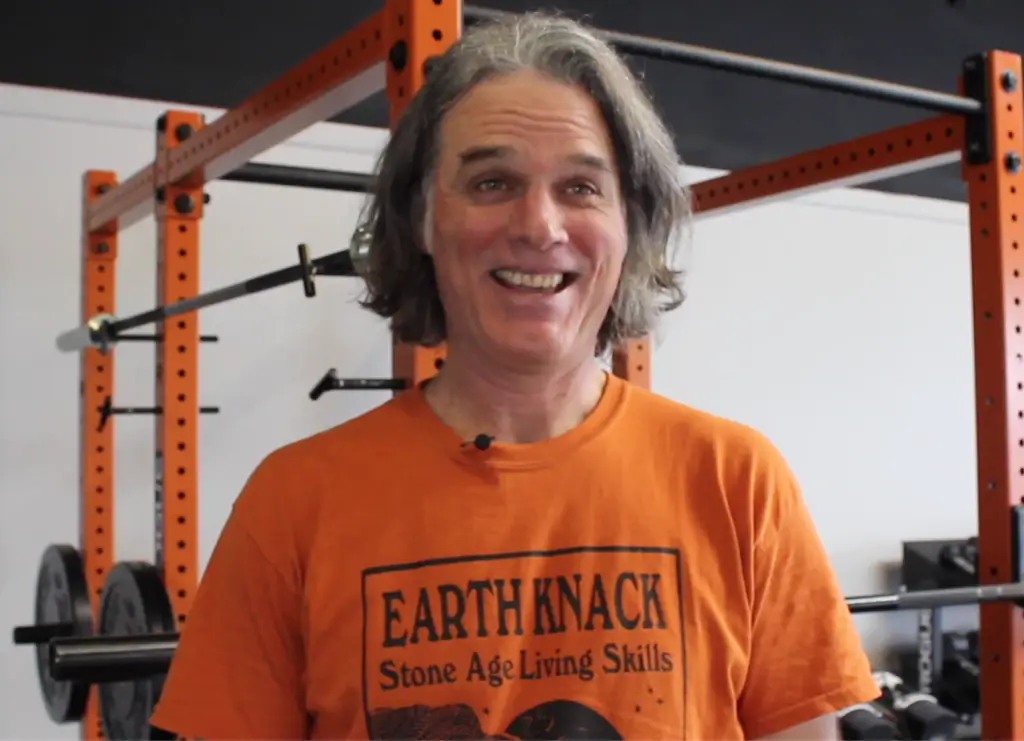
My name is Brian DeBenedetti, and I teach construction skills to young adults earning their GED along with a construction certification. I’ve always been tall, athletic, and (honestly) sometimes clumsy, working in the trades most of my life. For as long as I can remember, my lower back was always giving me trouble.
I tried every modality I could find—yoga, acupuncture, you name it. Nothing truly helped me consistently maintain my lower back health or let me get out of bed pain-free, enjoy life, and keep teaching. SolCore Fitness has been the best thing I’ve found.
Ekemba is sometimes a little bit like a drill sergeant, but I needed that. He keeps you on task, giving clear, constant directions for every pose, so you actually learn how to multitask and move with precision. He’s consistent, focused, and everyone likes him. Kim was great too. SolCore Fitness has truly worked for me, helping me overcome back issues and improve my daily life.
Why Brian’s Results Matter—Science of Moving Beyond “Quick Fixes” for Back Pain
Chronic lower back pain often stems from years of imbalance, poor posture, and repetitive strain.
- Yoga and acupuncture may offer temporary relief, but evidence shows that consistent, structured exercise programs focused on mobility, core strength, and active guidance create long-term improvement and pain prevention.
- Expert-led sessions like those at SolCore Fitness use biomechanical cues, real-time corrections, and individualized progressions—helping students learn to move smarter, not just harder.
- Regular participation and accountability build habits that last, restoring function and resilience far beyond the gym.
Brian’s story highlights that sustainable results require more than “good intentions.” Knowledgeable coaching, consistent effort, and holistic implementation transform daily movement and lifelong health.
Explore personal training for pain-free movement, core strength, and lasting relief:
Personal Training and Manual Therapy
Find out more @

